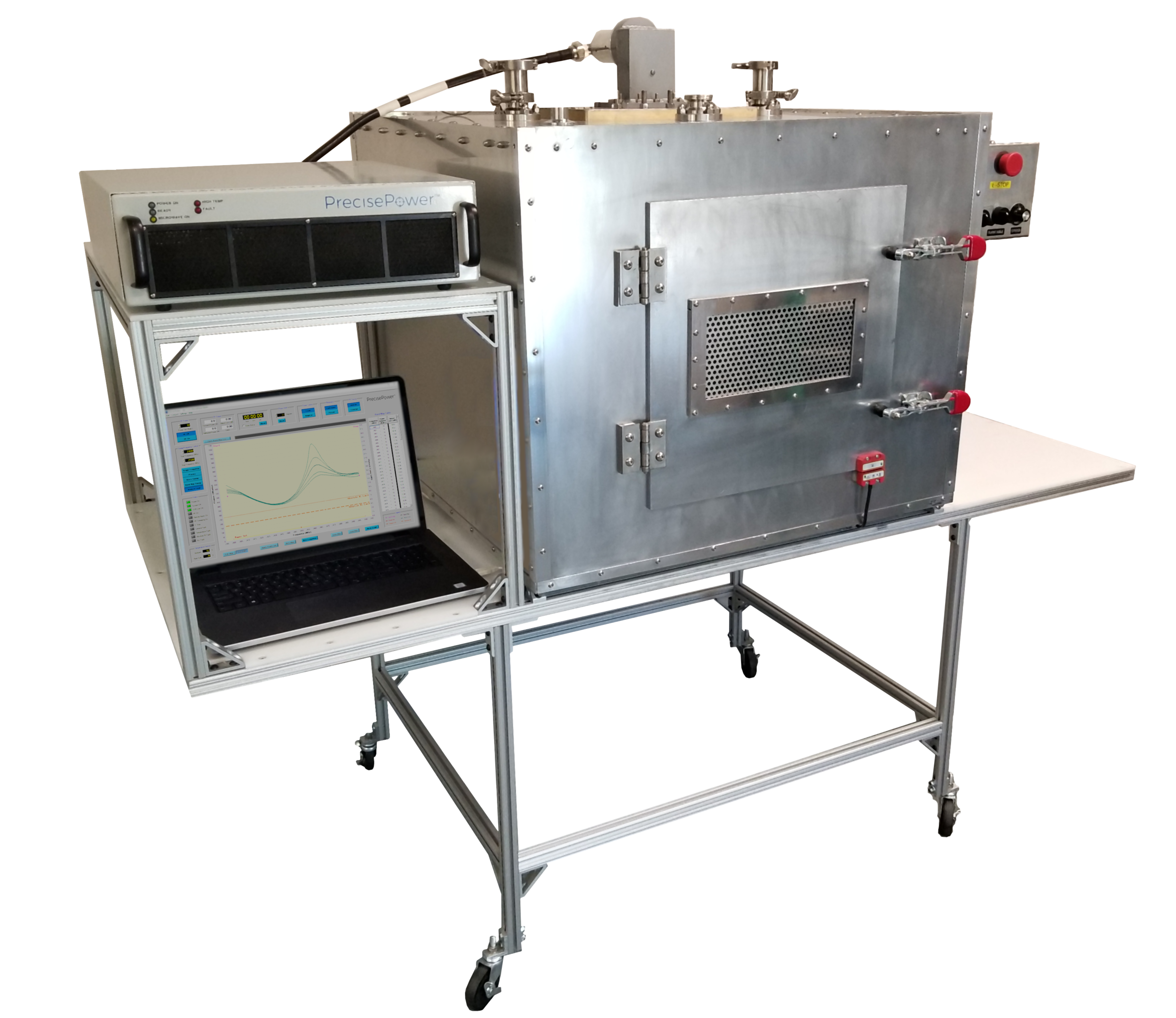Blogs
New Dual-Band Test Oven
 Gap in the Market
Gap in the Market
One challenge often faced at Cellencor is the design and development of microwave test applicators for both customer-specific processes and general research and development. The power and flexibility offered by Cellencor’s line of solid-state microwave generators opens up entirely new avenues of scientific exploration, but this can be hampered by the lack of a suitably sized test oven outfitted with the instrumentation and measurement systems required for proper microwave heating research. Current market solutions consist of either small home microwaves (~2ft3) designed only for use at 2450MHz, or excessively large microwave cavities (volume?) designed for industrial-scale processing various materials or food products at the 915MHz frequency band. This leaves an obvious market opening for mid-sized microwave cavities that can be used for microwave heating R&D or small-scale batch production.
Dual-Band Microwave Test Oven
In order to meet both customer and market needs, Cellencor has designed a new Dual-Band Microwave Test Oven that is capable of operating at both the 2450MHz and 915MHz ISM bands. A top-fed WR975 waveguide port brings power into the cavity, with an adapter plate included to convert this to WR340 waveguide for use at 2450MHz. A 7/16 DIN barrel feed is also included on the back wall, allowing a coaxial line to be fed directly into the cavity for use with alternative antennas. A custom-designed front hatch is used to load and unload material from the cavity; an emergency stop latch was added to the front hatch, preventing the system from operating while the door is open. An emergency stop switch was also added to the front of the system. The system is outfitted with a series of sanitary tri-clamp fittings that serve as sensor ports, allowing IR temperature sensors, arc flash detection sensors, RTD temperature probes, cameras, moisture content analyzers, and other measurement devices to be used with the cavity during operation. Additional exterior shelving makes it possible for a PTS-1 or PTL-2.5 and all associated equipment to be mounted directly next to the cavity, reducing the length of any coaxial lines and effectively making this a stand-alone microwave research oven. Lastly, the oven was outfitted with an optional turntable to provide another method for evenly distributing the heating within the load, in addition to the frequency-sweeping capabilities of the Precise Power hardware.
Design and Engineering
The design process for this test oven began with COMSOL Multiphysics, which was used to determine the optimal cavity dimensions for sustaining resonance in both the S- and L-bands. Following this, the mechanical design and construction were straightforward. The completed oven is shown below, along with comparisons between the cavity return loss calculated by COMSOL and the cavity return loss as measured by Precise Power software when connected to the oven. A microwave leakage probe was used to test for any microwave leakage from the oven door seal and corner seams; the maximum reading taken was 1mW/cm2 when 1kW of power at 2450MHz was applied to the cavity, indicating the cavity is extremely well-sealed and doesn’t post any safety hazards with respect to microwave leakage.
Multipurpose Tool
This microwave oven will serve as a valuable research tool, allowing significantly more data to be collected on various heating and drying processes. This in turn will allow greater control over the heating/drying process and improve the quality of the final results. This makes it an ideal solution for customers who need to scale up beyond a benchtop system, but don’t need a full-sized industrial oven designed for integration into a production system.




